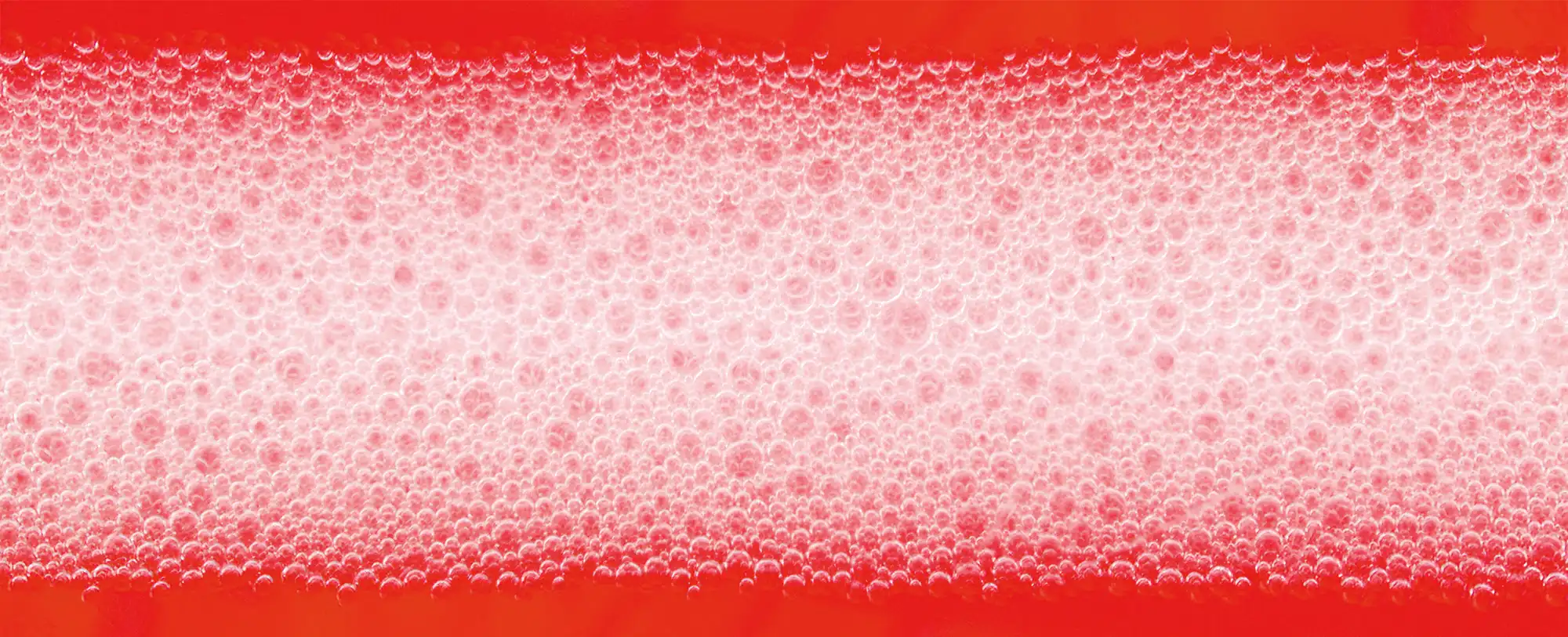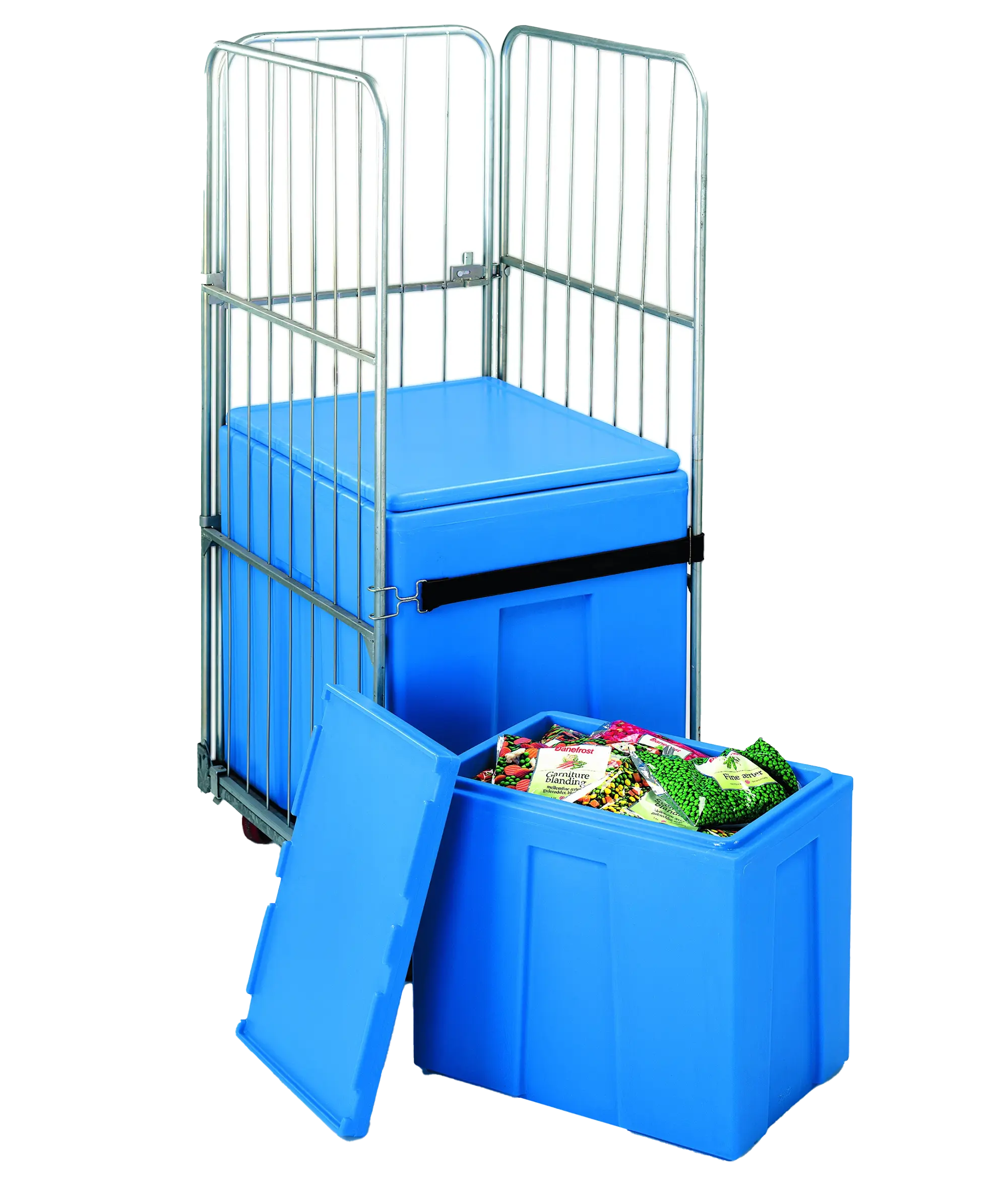Increasing product strength with foam for rotomoulding
Foam for rotomoulding can be PE foam (polyethylene foam) or PUR foam (polyurethane foam). Both types of foam can be selected for rotomoulded products and offer unique properties.
Rotomoulding creates plastic parts that are hollow. The space inside the hollow part can be filled with this foam for rotomoudling to make a solid product. The rotomolded skin, filled with a PE foam or PUR foam, creates a strong sandwich construction with high stiffness, low weight and good insulation properties.
Rotational moulding foam is a versatile material that allows the creation of lightweight, yet strong and insulating parts that can be adapted to many applications. The choice between PE and PUR foam depends on the specific requirements of the product and the conditions in which it will be used.


PE foam - the lightweight powerhouse in rotomoulding
PE foam is lightweight, flexible, and resilient. It is made by expanding polyethylene pellets or powder with a blowing agent. It has a closed-cell structure, which means that it is composed of very small, sealed pockets of air that provide excellent insulation and buoyancy properties. It is known for its high energy absorption and good insulation properties, making it an excellent choice for products that require cushioning and impact protection. PE foam and PUR foam are often used in rotomoulded products such as buoys and tubs, as well as other packaging containers.
Polyethylene foam is the core material in rotomoulded products to create sandwich structures, adding stiffness and strength to the product. The rotomoulding process first builds an outer PE skin, and in the same production cycle the PE foam is added. The PE foam expands when heated and fills the core. It so creates the seamless sandwich of PE skin, PE foam and PE skin. As the polyethylene foam melts to the PE skin, the resulting layers are inseparable, and they create a very impact resistant, stiff, and durable lightweight product.
PUR foam for excellent insulation
PUR foam has very good insulation properties. Also known as polyurethane foam, PUR foam is a type of foam for rotomoulding that is made by reacting a polyol with an isocyanate. It is known for its high strength, durability, and its high insulation properties. PUR foam can be used in a wide range of temperatures.
Rotomoulded products with PUR foam are created in a twostep process. After rotomoulding the outer PE skin, the PE part is filled with polyol and isocyanate. These react and create a polyurethane foam that completely fills the core of the PE part. The PUR foam bonds to the PE skin, creating a strong sandwich construction.
PUR foam is used in rotomoulded products that require the highest levels of insulation, such as refrigerated containers, cooling boxes, and ice boxes. PUR foam also has a good compression resistance which makes it suitable for products that require a consistent shape and support.


PE foam or PUR foam?
Both kinds of foam for rotomoulding can be integrated into rotomoulded products to enhance their properties and improve their performance. It’s important to consider the properties of PE foam and PUR foam when selecting the right foam for a rotomoulded product. Polyurethane foam has superior insulation properties making it ideal for cooling applications. Polyethylene foam is an excellent choice for products that require stiffness, impact resistance and robustness. Rotomoulded products with PE foam are completely made from PE, enabling efficient recycling.
your idea
to life. Start now!


